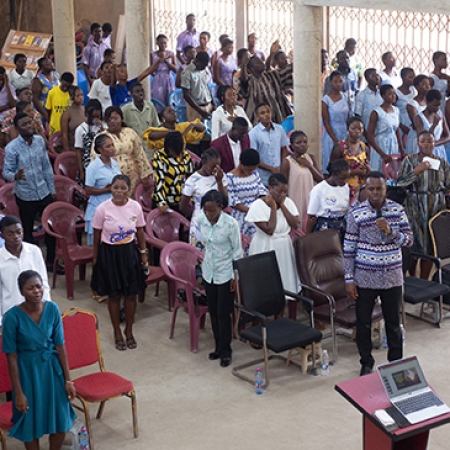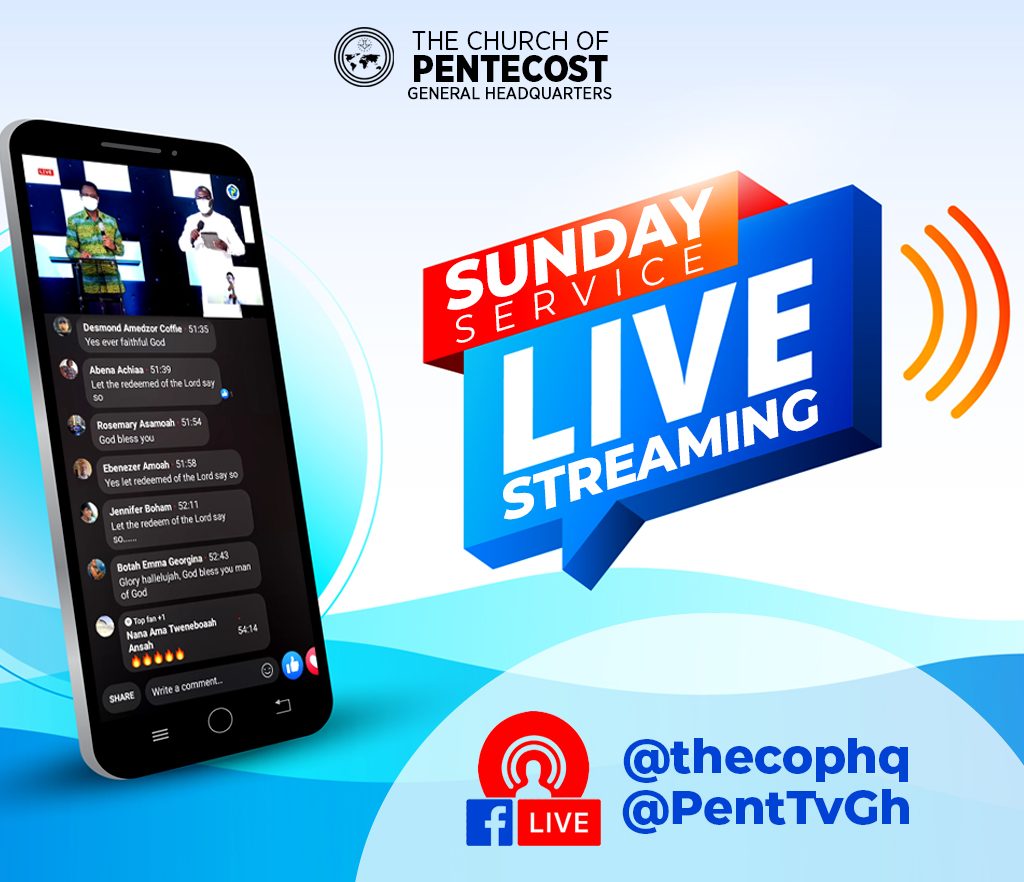The management of ecclesiastical organizations are rarely discussed due to the sacred nature of the activities of these bodies. This mentality has led to distinct sense of inferiority of accounting issues to any non-monetary issue, which often results in ignoring managerial control of church finances. (Ahiabor & Mensah, 2013)
It is pertinent for church leaders to put in extra efforts to install an effective, efficient and reliable internal control system devoid of influences; at least to give stakeholders the confidence to continue to give generously to support the Kingdom business.
In this article, David Broohm attempts to provide a variety of Control Systems that may be helpful in our churches.
Administrative Controls
Otherwise known as procedural controls may include approved written policies, procedures, standards and guidelines. They are formalized procedures to ensure that your church controls are properly executed and adhered to. Administrative controls form the framework for running the assembly and managing people. Examples of administrative controls include the financial policies, welfare policies, segregation of functions, written policies and procedures as well as supervision.
Segregation of functions ensures that a single individual cannot initiate and complete a critical task by himself. For example, an officer who submits a request for reimbursement should not also be able to authorize payment by himself. The leadership of local assemblies should also allow members (in good standing) with Accounting/Finance background to regularly monitor and audit their books. The following are some Administrative control mechanisms;
• In large assemblies, money counters should be changed every three months.
• Bank Statements are to be regularly obtained from the bank for the preparation of monthly Bank Reconciliation
Statements
• At the district level, there should be a register to control Value Books such as Receipt Books, Payment Vouchers, Daily Offering Books and Cheque Books. Each value book should have a separate register indicating the date value books were received and serial numbers of the value books in a chronological order. When the value books are being issued out for use, the names and signatures of the responsible person issuing them and that of the recipient must be shown. Again, the value books must be issued according to the order of the serial numbers.
• The local/district presbytery must give approval to the sale of any church asset after enough discussions have been made. A team is then put in place to decide on the selling price of the asset(s) to be disposed.
• All Fixed Assets belonging to the Local Assemblies and the Districts are to be properly labeled for easy identification.
• A register showing all the necessary information about the fixed assets must be properly kept.
• In the acquisition or donation of land, landed properties and vehicles, the appropriate title deeds and genuine documentation must be sought for.
• All title deeds and documentation must be in the name of the Church and not in the names of an individual.
Logical Controls
This is the use of software and data to analyze and generate reports. The use of Microsoft Excel is encouraged in our case to compute and analyze financial data in our churches. The manual system of keeping large cashbooks and ledgers should be gradually discouraged as keeping and safeguarding these books sometimes becomes arduous and burdensome. As we advocate the use of Information Technology (IT) in our churches, we must hasten to add that the use of passwords and strong anti-viruses should also be encouraged.
Physical Controls
This involves monitoring and controlling the environment of the church and District Office. For example, the use of doors, locks, smoke and fire alarms, fire suppression systems, cameras, CCTV, security guards, cable locks. Where this is affordable, the purchase and usage of such equipment should be encouraged. All naked wires should be immediately clothed and the use of step-down stabilizers should be encouraged to safeguard equipment during power fluctuations.
Backing Up and Recovering Procedures
To prevent data loss, users of computers should regularly back up files they cannot afford to use and store them in a safe remote location (these days, the most preferred is the Cloud System). A backup is a duplicate or copy of a database or program or storage media that can be used if the original is lost or destroyed. In case of a failure of the working copy, the backup copy is restored onto the computer so that operations can continue. Churches should have excellent backup and recovery procedures in place. Asante (2013).
References
• Ahiabor, G., & Mensah, C. C. Y. (2013). Effectiveness of Internal Control on the Finances of Churches in Greater Accra, Ghana. Research Journal of Finance and Accounting, 7.
• Asante, A. (2013). Business Information Systems. University Printing Press, UCC Cape Coast Ghana
• Accounting Manual for District and Locals Assemblies, The Church of Pentecost Headquarters
By: David Broohm, Mpohor District














